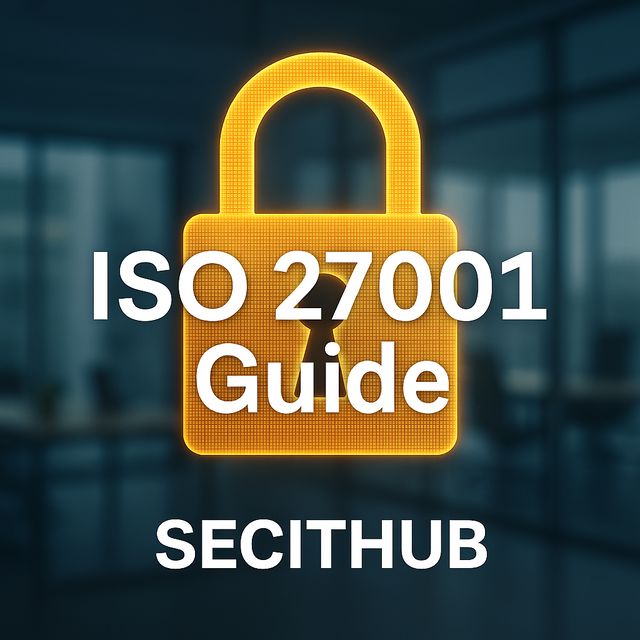In the competitive landscape of tech, AI, and cybersecurity, job hunting has become an art of strategy, discretion, and personal branding. One of the most debated tools in this process is LinkedIn’s “Open to Work” feature. While it seems like a straightforward way to signal availability, the implications of toggling this status are more complex than they appear.
This article dives into the psychological, professional, and strategic dimensions of using “Open to Work”—examining whether it empowers candidates or shifts the balance of power to recruiters. We’ll also explore alternative approaches for discreet job searching, backed by insights from SECITHUB’s career experts.
The Psychology Behind “Open to Work”
At first glance, turning on “Open to Work” feels proactive. It publicly signals your readiness for new opportunities, potentially increasing visibility. But beneath the surface, it taps into a deeper psychological dynamic: the perception of availability vs. demand.
- Scarcity vs. Availability
In the hiring world, candidates who are actively seeking (especially publicly) may inadvertently signal urgency rather than value. Human psychology often assigns higher value to things perceived as scarce. This doesn’t mean that being openly available diminishes your worth—but it can influence how recruiters approach you. - Power Dynamics
When you declare “I’m looking,” it shifts some control to the recruiter. They know you’re eager, which may affect negotiation dynamics. Conversely, when you’re not openly searching, you maintain an aura of being selective, shifting the balance of power back to you.
Does “Open to Work” Actually Work
For some industries, yes—it’s effective. But in tech, cybersecurity, and AI, where demand for specialized talent is high, it can be a double-edged sword.
Pros
- Increased Visibility: Recruiters often filter searches based on the “Open to Work” tag. This could speed up responses.
- Algorithm Boost: LinkedIn’s algorithm tends to prioritize active job seekers in recruiter searches.
- Faster Inbound Opportunities: You might receive more unsolicited job offers.
Cons
- Signal of Desperation (Even If Unintentional): Some recruiters interpret it as a sign of urgency rather than confidence.
- Less Negotiation Power: If a recruiter knows you’re actively seeking, they may offer less competitive packages.
- Potential for Internal Exposure: Even though LinkedIn claims to hide this status from your current employer, nothing is 100% foolproof—mutual connections can still notice patterns.
How to Navigate Job Searching Without “Open to Work”
Our recommendation at SECITHUB is clear: discretion wins. Here’s how to master the art of the discreet job search:
Leverage Your Network Quietly
- Targeted Conversations: Reach out to trusted contacts in the industry. Informational interviews often lead to opportunities without broadcasting your intentions.
- Referrals Over Cold Applications: Referrals bypass the noise of public job boards, increasing your chances while keeping things under the radar.
Optimize Your LinkedIn Without the Tag
- Profile Tweaks: Update your skills, keywords, and achievements subtly. Recruiters notice activity even without the “Open to Work” badge.
- Engage with Content: Comment on industry trends, post thoughtful insights—this keeps you visible without screaming “I’m job hunting.”
Work With Select Recruiters
- Build Relationships: Partner with recruiters you trust. A good recruiter acts as an extension of your brand, presenting you to companies discreetly.
When “Open to Work” Makes Sense
There are scenarios where the tag can be beneficial:
- You’re Between Jobs: If you’re unemployed, the urgency to find a role outweighs concerns about perception.
- Shifting Industries: Breaking into a new field where you lack strong connections may require the visibility boost.
- Junior Roles: Early-career professionals can benefit from maximizing exposure to entry-level recruiters.
In these cases, consider adjusting the settings to be visible only to recruiters (not your entire network).
SECITHUB’s Expert Recommendation
If you’re considering a move while still employed, don’t rely solely on “Open to Work.” Instead:
- Network strategically.
- Engage with the industry quietly.
- Let your skills—not your status—attract attention.
The strongest candidates aren’t always the loudest—they’re the most intentional.


